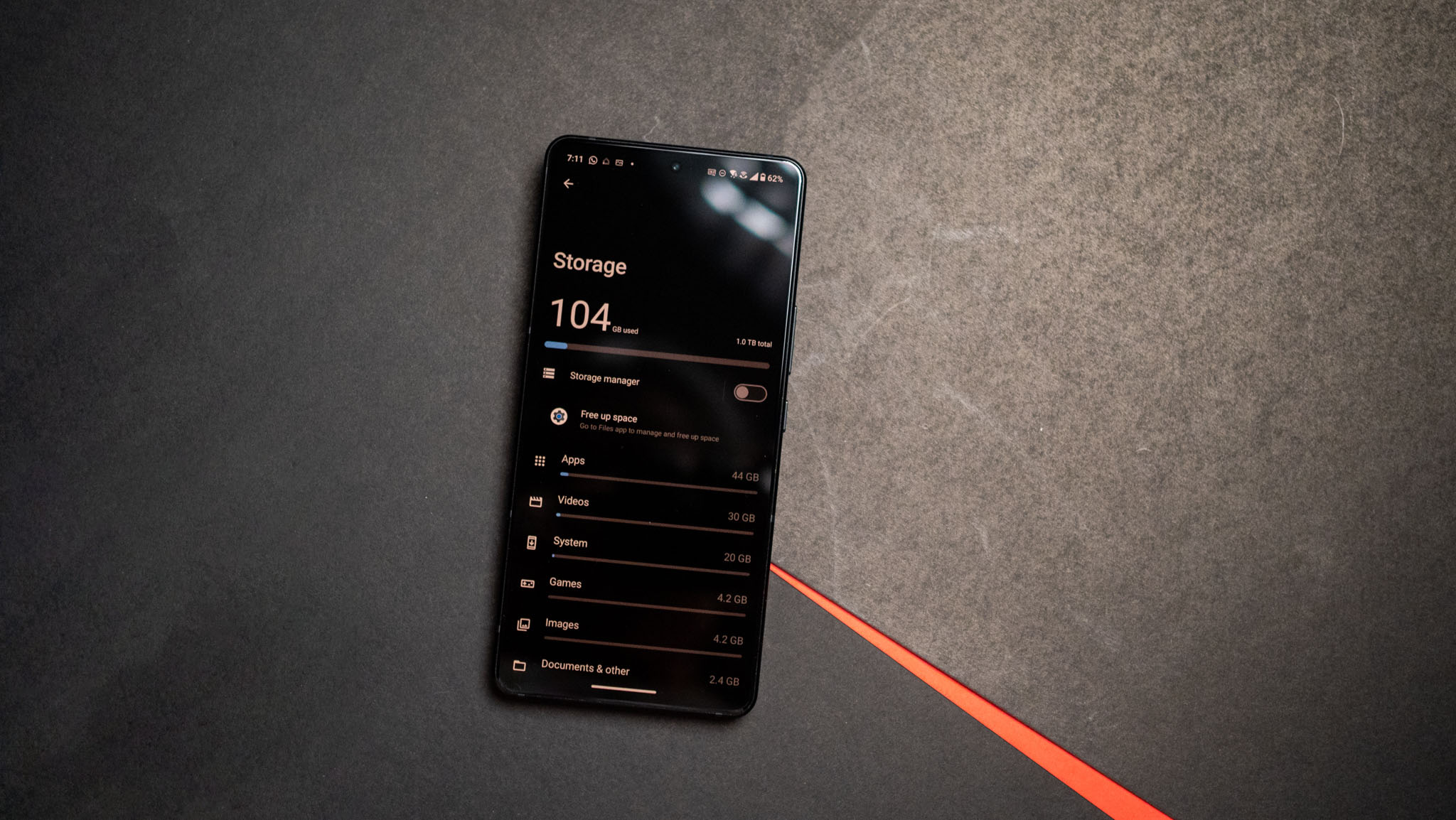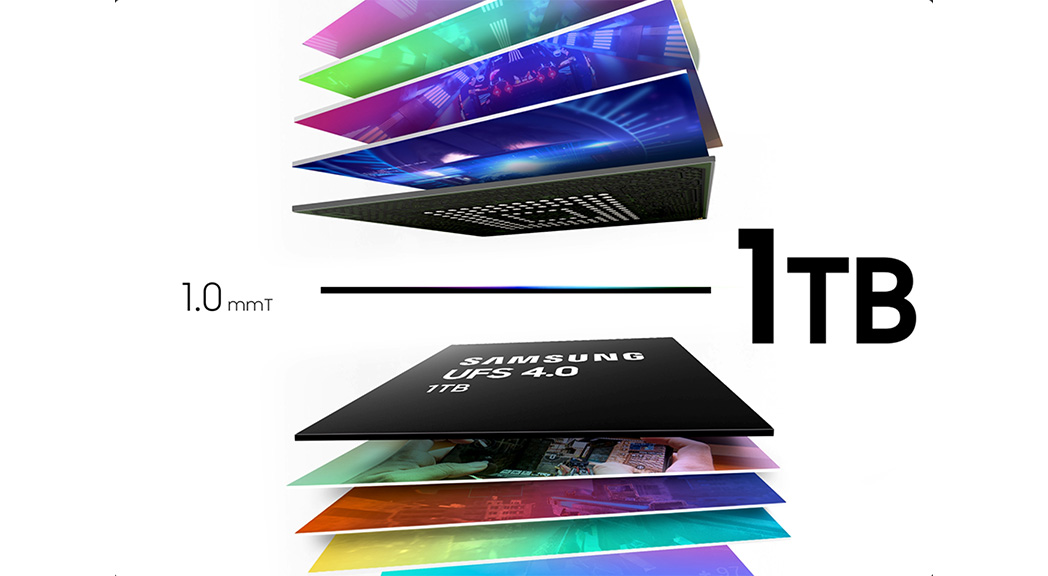
If you're using a relatively recent phone, there's a good chance that is uses a Universal Flash Storage (UFS) storage module. The standard has been around for nearly a decade, with Samsung rolling out the first device with UFS 2.0 storage back in 2016, the Galaxy S6. Qualcomm integrated the ability to use UFS storage modules with its Snapdragon chipsets that same year, paving the way for most of the industry to switch to the storage standard.

In Hardwired, AC Senior Editor Harish Jonnalagadda delves into all things hardware, including phones, storage servers, and routers.
Then came UFS 3.0 in 2019 with the introduction of the OnePlus 7 series, and at the end of 2022, we got UFS 4.0, which debuted on the Xiaomi 13 series and made its way to the Galaxy S23 series, OnePlus 11, and all other flagship phones. UFS 4.0 is the latest iteration of the flash storage standard, delivering a significant increase in performance — nearly double that of UFS 3.0/3.1 — and introducing storage modules that go up to 1TB.
Essentially, UFS was created to cater to evolving phone needs. With 4K video recording readily available, 5G gaining momentum, and data transfers on the rise, UFS was envisaged to take over from Embedded MultiMediaCard (eMMC), an older standard that was also based on flash storage.
While eMMC had a lot to offer, its biggest downside was that it could only handle one operation at a time — read or write. This is known as a half-duplex implementation, and it comes with significant cost savings. UFS, meanwhile, uses a full-duplex transmission that uses two-way communication, so it can handle reads and writes at the same time.
How is UFS 4.0 better?

UFS 4.0 is designed for 5G-enabled phones, and it is as fast as the best SSDs, a sizeable feat considering phone storage modules are miniscule in size. Samsung's UFS 4.0 module is 13mm x 11mm, and has a thickness of just 1mm while offering up to 1TB of storage — that's smaller than most MicroSD cards.
Where UFS 4.0 stands out is data transmission: it can go up to 4,200MB/s for reads and 2,800MB/s when writing data onto the drive, and that's double the bandwidth offered by UFS 3.0 and UFS 3.1 modules. Sure, you may not notice the difference in real-world use, but because the data takes a lot less time to be written to the drive, you get much better efficiency — up to 46% over UFS 3.0.
That's a big deal, but then again, it isn't like you will notice a difference when using a phone with a UFS 4.0 module. Flash storage in general consumes very little power, and the gains inherently available in UFS 4.0 don't really make a tangible difference in battery life — there are much more power-hungry utilities that ultimately affect how long your phone battery lasts, such as 5G radios, GPS, and so on.
Do you need UFS 4.0?

I used several dozen phones with UFS 4.0 storage modules over the course of the last year, and just as many phones based on UFS 3.1. In real-world usage scenarios, there isn't any noticeable difference between the two. The Pixel 8 series is the only flagship to use older UFS 3.1 storage (thanks, Google), but I didn't see any difference between the device and the likes of the OnePlus 12 and Vivo X100 Pro in this regard.
All the 4K footage I took with the Pixel 8 Pro was saved to the gallery without any delay, transferring data to an external SSD (a necessity given the 128GB base storage) was relatively fast, and it never felt like the storage was the bottleneck. That said, the UFS 4.0 standard has additional safeguards — including a dedicated memory block on-device — so for devices like the OnePlus 12 that don't have the likes of the Titan M2 security module, this adds a layer of security when storing biometric data and passwords.
Ultimately, you don't get to choose what UFS storage module is in your phone — that's down to the brand. These modules are embedded on the mainboard, so it isn't like you can switch them out anyway, and there really is no need to, even if that were possible. Even with UFS 3.1, you're getting flash storage that can easily keep up with all use cases, whether that's gaming, multitasking, or 4K video. UFS 4.0 takes that to the next level, offering even higher bandwidth and better efficiency — and that's always a good thing.







